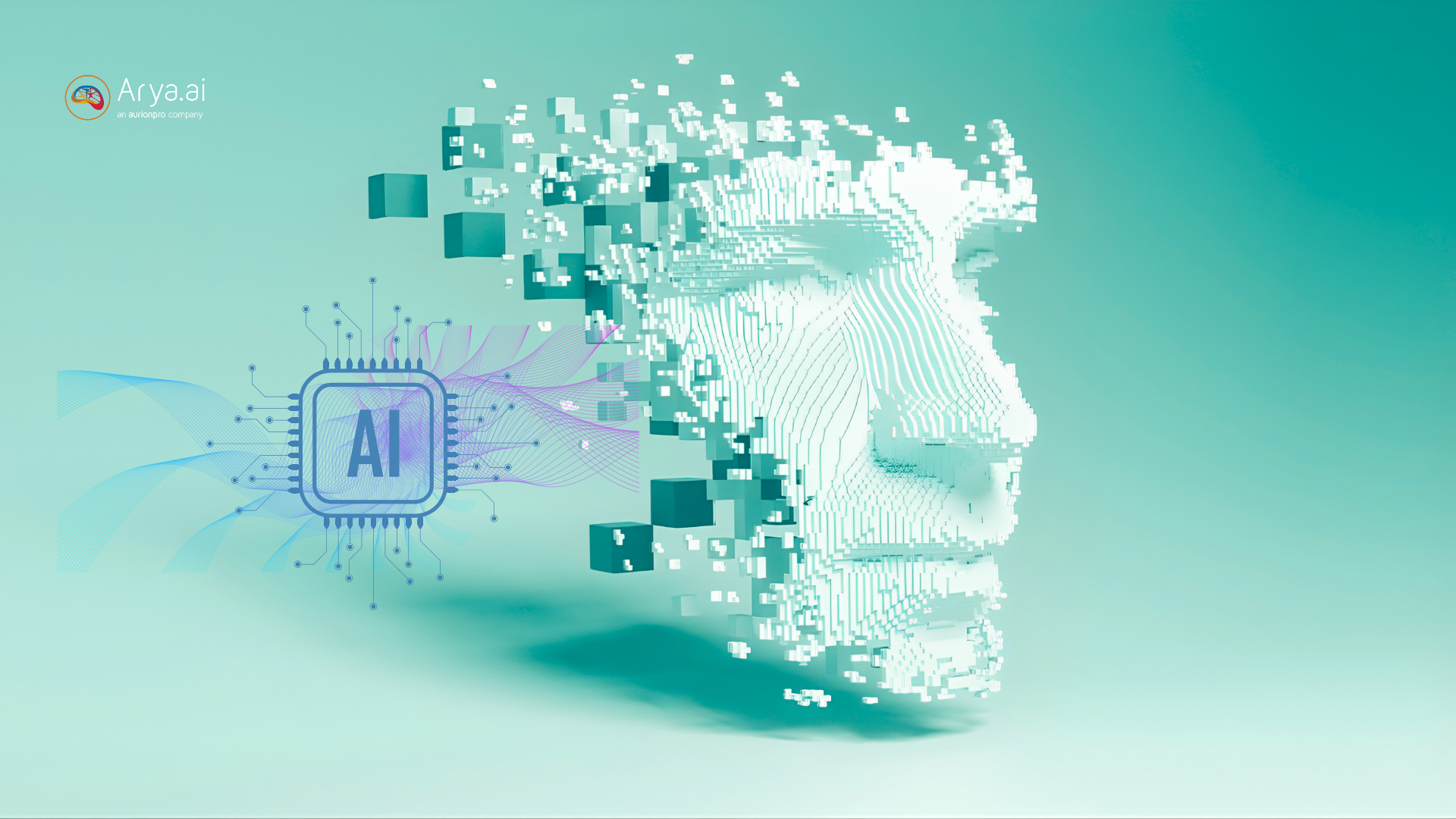
Personally Identifiable Information (PII) refers to any data that can be used to identify an individual, such as names, addresses, phone numbers, Social Security numbers, or financial details. PII masking is the process of securing this sensitive information to protect individuals’ identities and comply with data protection and privacy laws.
What is PII Masking?
PII masking involves obfuscating or transforming sensitive data to protect individuals' privacy while still allowing organizations to use the information for analytics, testing, and other operations. This technique is crucial for industries such as banking, healthcare, and e-commerce that handle sensitive customer data and the ones that must ensure compliance with regulations like GDPR, CCPA, and HIPAA.
Why is PII Masking Important?
Organizations rely on user data for a range of purposes, including personalization, analytics, and operational efficiency.
PII data can be classified into two categories:
- Sensitive PII: Includes information such as passport details, Social Security Numbers (SSN), financial statements, medical records, and other critical identifiers that can lead to identity theft if exposed.
- Non-Sensitive PII: Includes data such as zip codes, birth dates, or generic demographic information, which may not directly lead to identity theft but can be combined with other data for profiling.
Storing PII information comes with a lot of risks for organizations. For instance, in late 2018, Marriott International revealed that hackers had accessed the personal data of hundreds of millions of guests. The compromised information ranged from names and addresses to passport details and payment card information.
PII masking works as a second line of defense. So, even if primary security measures like encryption and firewalls are breached, masked data remains obfuscated, making it much harder for unauthorized users to extract meaningful information.
This layered approach not only reduces the impact of potential breaches by ensuring that any exposed data is less valuable, but it also helps organizations maintain regulatory compliance and safeguard customer trust. Ultimately, it helps mitigate risks and lower potential liabilities.
Challenges in PII Masking
While PII masking is essential, it presents several challenges:

- Balancing privacy and usability poses a challenge, where masking should be done in a way that does not hinder the data utility for processing or analysis. Overly aggressive masking methods can render the data useless, while insufficient methods can expose crucial information. Thus, tackling both carefully becomes important.
- Scalability also becomes a major issue as the volume of PII data increases. Traditional, manual methods aren’t viable in such contexts. In addition, PII masking solutions that cannot handle large, dynamic datasets would also pose a significant challenge.
- Data breaches can still occur even with masking in place. Sophisticated cyber attacks may still find ways to de-anonymize data, which requires constant vigilance and updates to the masking algorithms.
- Complying with regulations, like GDPR, CCPA, and HIPAA, also becomes a challenge. Organizations must adapt their data masking techniques to the changing laws and standards. For banks and financial institutions, the regulatory landscape is even more complex.
Situations Where PII Data Masking is Important
PII masking should be applied in any situation where detailed personal data isn’t absolutely necessary. However, many organizations operate with complex data pipelines, where the specific data requirements can vary widely across teams and use cases.
For example, some teams require realistic test data to simulate production environments, while others might need actual PII to contact customers or validate their identities. In these scenarios, having a clear understanding of your data flow and usage is invaluable, as it allows you to apply masking judiciously.
1. Static Versus Dynamic Data Storage
One useful way to assess your data needs is by considering the dynamism of the dataset.
- Static Data: For databases used in training, testing, or preview environments, a static, masked copy is often sufficient. This approach ensures that while the data fields match the production data in a structure, the sensitive details remain obscured.
- Dynamic Data: Conversely, if your database requires frequent updates and current information for real-time operations, dynamic masking techniques can be applied on the fly to protect PII without interrupting business processes.
2. Widespread Internal Usage
Data masking isn’t just critical for external data sharing. It’s equally important for internal operations.
- Internal Access: A central data warehouse might be accessed by multiple departments, each with different data requirements. Implementing flexible masking layers similar to permission management ensures that employees only see the level of detail necessary for their requirements, thereby reducing the overall risk profile of your sensitive data.
- Risk Mitigation: Enhanced internal access boosts insights and drives business value, but it also heightens the risk if sensitive data were to be exposed. Hence, a robust masking strategy tailored to different internal user groups is essential.
3. Data at High Risk in a Breach
Not all data storage systems carry the same level of risk.
- Public-Facing Data: Data accessible through public-facing servers or systems is naturally at a higher risk of breach. Masking sensitive information in these systems becomes even more critical to minimize the potential fallout in the event of unauthorized access.
- Internal Systems: Although internal systems are generally more secure, they are not immune to breaches. Consistent masking practices across all data storage points can reduce the overall vulnerability of your organization’s information.
4. Exposure to Third Parties
Whenever your company shares data with external entities (contractors, clients, or research partners), PII should be masked as comprehensively as possible.
- Third-Party Sharing: Even when data sharing is legally sanctioned and necessary, minimizing PII exposure is crucial. Once your data leaves your direct control, ensuring it remains protected becomes more challenging. Effective masking strategies help safeguard the proprietary nature of your data and mitigate risk, regardless of external handling.
PII Data Masking Techniques
To protect sensitive information while preserving the utility of datasets, organizations employ a variety of PII data masking techniques. These techniques can be customized based on the data usage requirements and the desired balance between privacy and analytical usefulness. Below are some common methods:
1. Data Redaction
Sensitive information is removed or replaced with placeholder characters. For example, a Social Security Number like "123-45-6789" might be redacted to display as "----," effectively hiding the original data while indicating that a value once existed.
2. Tokenization
In this approach, PII is replaced with randomly generated tokens. These tokens maintain a mapping back to the original data in a secure vault. This method allows the system to refer to the original data when necessary, but the exposed dataset remains anonymized.
3. Encryption
Encryption converts PII into unreadable ciphertext using cryptographic algorithms. Only those with the correct decryption key can revert the data to its original form. While encryption is an effective security measure, it differs from masking because it is intended to be reversible for authorized users.
4. Data Shuffling
This technique involves randomly rearranging data values within a field while preserving the original format. For example, telephone numbers or zip codes may be shuffled among records, ensuring that while the overall structure remains intact, the specific associations with individuals are lost.
5. Perturbation
Perturbation slightly modifies data values to disguise their original form while still retaining the overall distribution and analytical usability. For instance, numeric values might be adjusted by a small random factor, ensuring that statistical properties remain consistent without revealing exact values.
Each of these techniques serves a specific purpose and can be combined within a comprehensive PII masking strategy to protect sensitive information effectively while still enabling organizations to derive valuable insights from their data.
How to Automate PII Masking Using AI APIs?

Organizations can automate PII masking using AI-powered APIs like Arya.ai’s PII Masking API. The AI API leverages Natural Language Processing and pattern recognition for accurate detection and masking of sensitive data.
Arya.ai’s PII Masking API features the following:
- Text-Based PII masking where automatically detects and masks sensitive information in text-based inputs.
- Global PII detection for credit cards, email addresses, phone numbers, and personal names.
- Support for multiple geographies ensures that the API is able to identify country-specific identifiers for the USA, UK, Spain, Italy, Germany, and France.
- Custom pattern recognition supports specialized patterns like MAC addresses and other technical identifiers.
- Contextually aware analysis where it uses the surrounding text to improve detection accuracy.
The API also handles multiple document formats:
- Text Files (.txt): Processes plain text while preserving structure.
- Word Documents (.docx): Masks PII while retaining original formatting.
- PDF Files (.pdf): Identifies and masks PII while maintaining layout integrity.
Conclusion
PII masking is a critical component of data security, ensuring that organizations can use personal data while safeguarding individuals’ privacy. With AI-powered solutions like Arya.ai’s PII Masking API, businesses can automate this process, enhancing efficiency, accuracy, and compliance with global regulations. As data privacy continues to evolve, adopting AI-driven PII masking solutions will be essential for organizations looking to protect their customers and mitigate data risks.





.png)





.png)




.png)
.svg)


